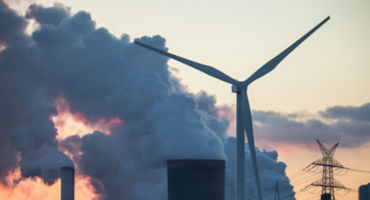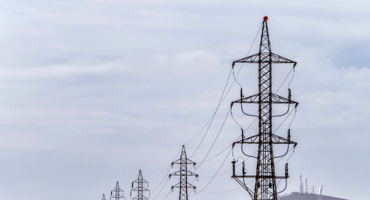Data infrastructure
We see positive tailwinds for certain tower companies and telecom operators as the world increases its reliance on connectivity. Business models tend to be resilient to an inflationary environment as tower companies typically have embedded inflation indexation or price escalators in their contract structures, while telecom companies operating in healthy competitive environments tend to have pricing power that is more pronounced in periods of high inflation. In addition, we believe that many of these businesses combine stability and solid growth prospects with attractive valuations.
Midstream energy
In general, we try to avoid businesses that have high commodity price sensitivity, but we do find value in parts of the midstream sector that earn a higher percentage of profits from stable, contracted segments (e.g., long-haul transmission). We also believe that growth opportunities have improved for midstream energy as more liquid natural gas (LNG) terminals are built in North America, which will require new gas pipeline infrastructure.
Transportation
We are generally cautious about transportation infrastructure in this environment. Toll roads are more attractive because many operators are contractually allowed, at least partially, to inflation-proof their rates. However, we are concerned about companies with high leverage, which we believe is problematic in a period of high interest rates. We are also concerned that airport valuations do not adequately reflect the negative effect of a potential recession on passenger traffic and airport retail spend. While the rail sector’s economic cyclicality poses some near-term risks, we believe that as the lowest-carbon-emission form of transport, railways should maintain long-term pricing power and growth.
Bottom line
While equity markets are likely to remain volatile in 2023, we believe that the long-term outlook for global infrastructure assets remains attractive. With valuations well within historic ranges and positive growth opportunities in our favoured sectors, we see the opportunity for relative stability and, longer term, attractive forward returns.












